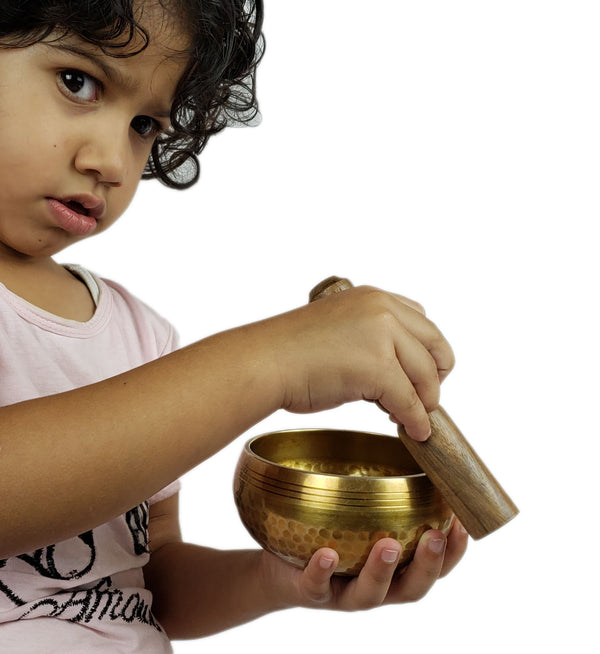Your Cart is Empty
Pashmina, commonly known as Cashmere is a luxurious, soft, fine fabric made from downy undercoat of specific goats found in Himalayan regions. These highly delicate fibers are extracted from Chyangra goat in Himalayan belt of Nepal. Also known as Chyangra Pashmina, is purest cashmere with highest of grades and finest quality having a gentle sheen.
The name Pashmina originated from Persian word “Pashm” literally translated as “wool” carries its history of prominence from Indus valley civilization. Where there were no stitched clothes they used to drape Cashmere shawl around them. A famous example is the statue of a priest-king found at Mohenjo-Daro, who is draped in a shawl decorated with trefoil patterns.
Carrying the history of centuries, the textile was first made industrial in Kashmir, India by Zayn-ul-ʿĀbidīn, a 15th century ruler. The king of the fibers was renowned as shahmina (Persian for “Emperor’s wool”) was a Royal attire and has highest of value. The long lasting resilient pashmina even served as heirloom in various Royal families.
Extraction process of Pashmina
Cashmere Sweater is purely hand woven fabric and work of fine craftsmanship done with high delicacy. To extract enough fabrics for a single sweater requires wool from 4 to 5 Chyangra and goes under a tender processing.
Himalayan goats naturally shed their winter coat every spring. Farmers collect the undercoat by combing the body of goats. The raw pashmina then obtained is sorted to acquire fine pashmina. After weighing and seasoning the finely extracted pashmina, it is plied in charkha and yarned.
This is how thread of fabric is obtained from the undercoat of Chyangra. Hence collected fiber is now washed and dyed if needed extra color. Before winding the thread, the fiber goes under gluing process which is one of the important process in extraction. Then the warp is made and taken to hand loom for weaving. The hand weaved fabric is then tweezed and washed and given a flawless finishing before delivering it to you.
How to know if your pashmina is 100% Pure?
Pashmina being luxurious outfit is expensive on account of enormous effort and time it takes to derive a single piece with such fineness in quality of the fabric. Spending the huge amount on a single clothing you should be aware for its originality and quality assurance as well.
Highest grade of Chyangra Pashmina is made from ultra-fine fabric from 14µm – 19µm in diameter. Purest pashmina will pass through any finger ring because of its exquisite fibers. Also being naturally extracted fiber from under-coat of Himalayan goats, if you burn its end you’d find it smells like burning hair. But we sure do not want you to spoil such deluxe and expensive attire just to smell a hair burning.
Pashmina: A luxurious fashion apparel
Well renowned for its elegance, the high grade fiber has its own recognition in fashion. Starting from Indus valley to the recent of the days, the fabric has not lost its essence and is still a highly demanded and luxurious attire. Finely soft and warm fabric with its gleaming property makes it outstanding fashion wear and is a luxurious clothing.
Not only the looks but also pashmina shawls serve the role of providing the essential warmth throughout the wintry seasons. The delicate and soft nature of Pashmina caresses the skin and jewels your fashion apparel. The stylish and sensational scarf will spice up your appearance and goes with casual as well as grand and formal outfits.


